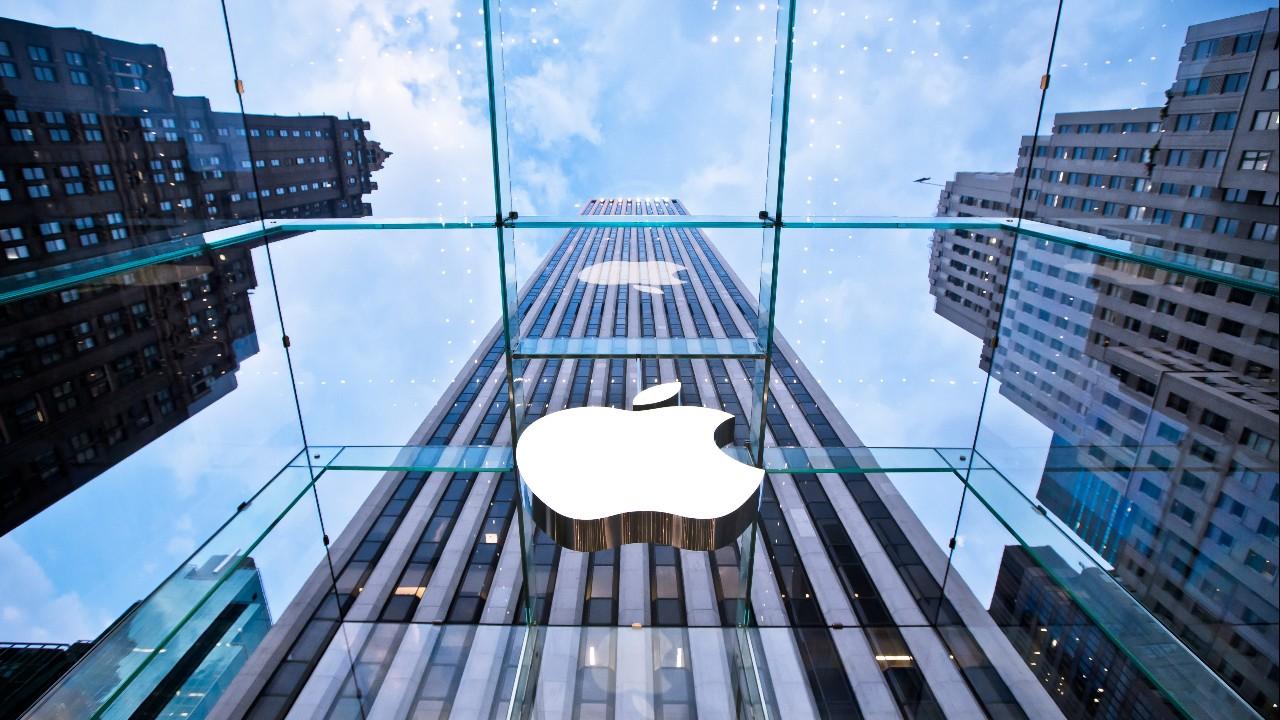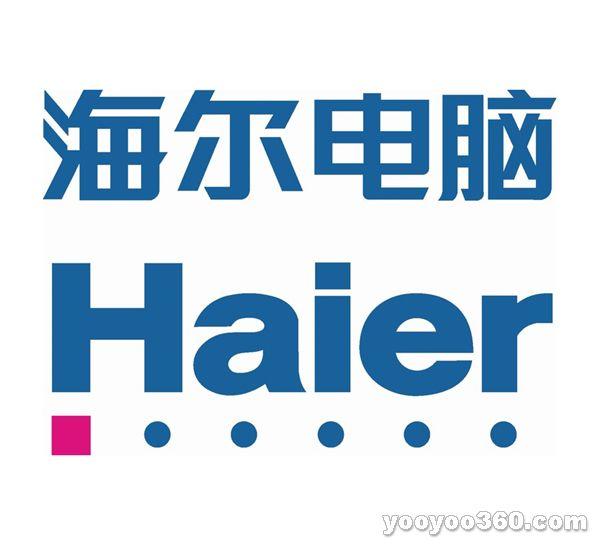

Understanding the potential of a brand is absolutely critical in terms of corporate strategy and brand investment decisions. Without a clear understanding of current Brand Equity Tracking, it is difficult to realize key areas that can be improved. Effective brand vision requires investments both for the present and the future. Two fundamental ways exist to benchmark the health of a firm; financially and non-financially. Gauging the success of a company through its financial data is a relatively straightforward endeavor; numbers can be crunched and a clean monetary value results. This result can provide insight into the success of a firm, but financial figures alone cannot fully explain its total value.
Although financial research will often suggest that functional characteristics drive consumers to make purchases; these characteristics also happen to be the easiest to measure. As a result, firms are often misled by financial research that sometimes diminishes the role of the intangible qualities of a brand; such as personality and customer experience. By utilizing brand equity methodologies, firms can have a better understanding of the intangible qualities of their brand and the valuable role they play. We will analyze a few well known firms that feature the key elements of a successful brand later in this article.
Brand valuation results are analyzed to evaluate the effectiveness of current brand strategies. In practical terms, brand valuation is used to defend marketing budgets, as well as to make decisions concerning brand architecture. The first method describes the strength of a brand’s communication to consumers, and the other analyzes whether a brand’s personality is consistent with its company image.
When one thinks of a brand, they often think of a logo or a name. Whilst these elements certainly make up a brand, they only paint a portion of the picture. Everything from the external to the intricate internal details plays an integral role in the formation of a brand and ultimately, consumer perception. The key is consistency within all aspects of a firm in its brand image.
BAV Model
The Brand Asset Valuator(BAV)methodology is based upon the idea that brand value is a dynamic assembly that can be assessed through consumer perception; perception that can be explained as both rational and emotional tendencies. The BAVassembly of brand value is made up of four pillars of assessment: differentiation, relevance, knowledge, and esteem. Each of these pillars can be assessed to determine brand strength and areas of improvement. Differentiation refers to how much a brand’s attributes stands out amongst its competitors. To constantly differentiate the brand requires innovation, and the importance of perceived distinctiveness cannot be underestimated; it is the engine for continued growth. Relevance refers to the utilitarian benefits that the brand presents to the consumer. It powers market penetration and is the origin of a brand’s lasting power. Knowledge refers to the consumers’ familiarity and understanding of a brand’s identity. Lastly, esteem refers to the level of regard consumers held for the brand and reflects how well the brand’s image echoes its products. By asking consumers how they would rate a brand, the levels of each of the pillars can be determined. From there, the brand can better understand the areas they need to work on most, and plan their brand strategy activities accordingly.
Brand Personality Valuator
Firms are continuously trying to inject personality into their brands. Like human personality, brand personality is unique and enduring. It is a way for firms to provide a compelling value proposition to their customers. Firms would like their brands to exhibit certain human characteristics; for example, Timberland would like its mountain boots to be perceived as masculine, outdoorsy, rugged, and reliable. Like a person, brand personality is affected by everything associated with it;location, product, logo, relations, activities, colors, and so on. Brand personality is often a sustainable point of differentiation because it is difficult to duplicate. Due to this reality, a brand must exhibit its personality consistently across all touchpoints. The Brand Personality Valuator can indicate to a firm whether or not they are keeping true to the personality they want their brand to convey. It can also indicate whether the personality of the brand should be adjusted to be more in synch with trends or consumer needs.
Brand equity research is to diagnose the current situation of a brand. Different brands show different composition of the brand equity but it is not necessarily one is better than the other. Actually, the different composition implies different brand core ideas and the different performance focus for all touch points. When consumers have different experience from different touch points, thus they will have different impressions for different brands, which accumulate the overall brand equity. Brand equity research is to measure this impressions to better understand the gap between what a brand want to be and how a brand is actually perceived by consumers, providing insights for a brand to adjust its practice in a right direction. Furthermore, brand equity research can shed light on the consumer needs and branding direction for the next few years with a clear set of options and the ability to make well-balanced and informed decision to differentiate from other competitors. From the brand equity research, if we find out we are barely the same as other brands, it probably means the industry has become a commodity category and we need to dig out the unmet and potential needs of consumers which would be the base of optimizing or upgrading our brand core idea. By doing this, we can clearly define our branding directions for the next few years and work it out through different touch points to deliver a consistent image to our target audience. Following, we will see how IBM and Apple, two companies in similar industries to achieve different success with two distinctive brand equity compositions or brand approaches. Both are leaders of their respective markets who make immense investments into their brand identity in order to consistently convey the core tenets of their company and build their unique brand equity.
IBM’s strategy is to exude a trustworthy, smart, and professional brand personality. It conveys this personality through all levels of its corporate makeup; from its company logo,to how employees are expected to dress to work, down to its no-frills computing hardware that emphasize function over form: if IBM was a person, he would make a great business partner.

IBM differentiates itself from other computing companies by offering services and products strictly to businesses. With a record spanning the history of computing itself, IBM has anchored itself as both an innovator and the world’s paramount technology firm. Since its inception at the turn of the 20th century, IBM has remained consistent to its original identity. When one thinks of business computing, IBM often comes to mind – and this awareness and knowledgeis a factor of differentiation that sets IBM apart from its competition.
As a late enterer, if Apple follows IBM’s idea, it won’t be as successful as today or probably won’t be successful at all. Apple also emphasize the service and products, but in a different way. He believes technology should serve people and people should always be the starting point of any technology and that’s how the core idea ‘humanizing technology’ comes from. Apple believes in humanizing technology; it is a firm that focuses its brand strategy on the user experience and emotions. The Apple brand personality is well engraved into our collective recognition of the brand; youthful, dependable, friendly, and simple. Apple’s success in portraying this personality through every component of its being has led to the fanatical adoption of its products from those that align themselves with the Apple identity. Apple’s tremendously successful retail stores give customers a keen taste of Apple’s brand values; from the airy design of Apple’s retail space, the no-pressure environment, the friendly help, the hands-on experience, and the counter-free checkout.

With the cult-like following that Apple has garnered through its brand value, customers act as willing billboards for the company, furthering knowledge and esteem. By creating visually attractive products that emphasize form along with function, Apple has created a customer base that intentionally and unintentionally advocates the brand (the bottom most level in the brand funnel). The white earphones have become a distinctive icon for the Apple brand that sends the message to passers-by that it is derigueur.
It is obvious that IBM and Apple have very different brand equity composition. IBM stresses a rigorous advanced technology while Apple emphasizes passionate humanizing design. More to its success, these two companies strictly deliver their brand ideas through all touch points and continuously checking if their brand equity accumulated in a right way to ensure the consistent and relevant experience from all touch points.
KFC
KFC has enjoyed remarkable success in the Chinese market. As an American fast food restaurant, entering a foreign country comes with its own risks; what is the correct mix of localization and original identity? KFC differentiates itself by positioning itself in the Chinese market as a western brand; however, it incorporates Chinese characteristics to appeal to its target consumers. This is reflected in its store signs and product packaging, which features the same American Colonel Sanders brand logo accompanied with KFC’s Chinese name, 肯德基 (Kěndéjī ). From a brand personality perspective, KFC positions itself as a family friendly firm that includes both the young and old; opposed to its largest rival, McDonald’s, who promotes young celebrities and actors in their advertisements, emphasizing self expression and a youthful, hip personality.

Due to China’s many regions, each with their own specific culinary preferences, KFC has adapted to the unique tastes of the Chinese customers with many culturally appropriate items such as shrimp burgers, egg tarts, and soymilk. In addition, KFC has appealed to the Chinese style of eating in which a group of people share dishes. By appealing to the Chinese culture, KFC holds high relevance with its consumers who don’t only see KFC as a trendy place to go, but also a place that they will return to again and again for the food.
When KFC first opened its first restaurant in 1987 near Tiananmen Square in Beijing, it served as a perfect location that created brand knowledge. With rising interest with western trends, KFC’s popularity has become monumental and awareness is practically universal amongst the Chinese.
Although seen as a low-end restaurant in America, KFC is perceived in the Chinese market as a higher-end fastfood restaurant. The esteem KFC holds is due to perceptions based on circumstances and context: in the early days of KFC’s presence in China, the cost of a KFC meal was considered very high by local standards. Since then, KFC has held onto its brand image as a higher-end fast-food restaurant.
Haier
Once, a bankrupt producer of low quality refrigerators in the 80’s, Haier has made great strides since its inception and is now the world’s largest home appliance maker. The success story is the culmination of a lengthy effort to increase brand equity. How has this been achieved?

Much of Haier’s success can be credited to Haier’s CEO, Zhang Ruimin who increased all aspects of the firm’s brand equity. In a well-known incident concerning the company’s newfound focus on quality, Zhang ordered the personal destruction of 76 refrigerators that, at the “time was about 2 years worth of wages.” [1] This single event had rippling effects on the brand’s differentiation, knowledge and esteem; it implied that Haier was committed to quality and was also consistent with its brand motto, “Sincere forever”. The act caught the attention of the media, and the resulting publicity cast Haier in an honorable light; a company that has acknowledged its shortcomings and is dedicated to set it right. In the 1980’s, competition to sell the lowest priced refrigerators was heating up; however, Haier stuck to producing only products with high quality, even if they cost more. This choice of focusing on creating high quality products differentiated Haier from the others and proved wildly successful.
The Haier brand now has the world’s largest market share in home appliances. In 1999, Haier entered the US market. However, “Haier is still known in the U.S. mainly for commodity goods”, purchased because it is the most economical. Haier must combat this brand perception and find a way to differentiate itself by more than price alone. While Haier has conveyed a focus of quality to the Chinese market, it must do the same to the US; especially as a Chinese company and the associations with questionable quality. To position its brand image more in line with America, Haier has partnered with the NBA, a highly recognizable American representation, in a multi-year deal that will increase both brand relevance and knowledge.
So what does it take to rejuvenate an ailing brand or to move a stagnant brand to the top? We like many brands out there, but how many of them do we truly love to the point that we would refer it to our friends and family? The mission for any firm is to find the relevant elements and adopt them as identities of the brand. Once a firm captures the hearts of customers, those customers will have a difficult time moving to another brand when a competitor comes about. In simple terms, the purchase of a product should be so memorable that they can’t help but mention it to their friends; the key goal is to sell a lifestyle first, and the product second. Building upon brand equity takes courage and determination. For one, what a firm considers to be an improvement may not be seen as such in the eyes of consumers and consumer brand perceptions takes time to change: what is more hazardous is remaining stagnant – a firm with great brand equity today, may not later in the future without acknowledging changing trends and preferences. The promise of a brand presents itself as an enormous pressure to live up to; a firm’s identity and products are not only intended to keep up with the brand promise, but are absolutely essential to keeping it.
The importance of brand equity tracking cannot be underestimated; firms may develop their brand in one way and end up with results that fail to reflect their considerable time and financial investments: much to their dismay, the reason is not easily identified. By conducting brand equity analysis, a firm can realize areas in which their brand identity is lacking. By realizing weak points, it can assist in the decision making process to change a brand identity direction and aid in positioning one’s self against the competition. The ultimate goal that any firm aspires for its brand to do is invigorate customer loyalty and lasting power; of which only can be achieved with a robust brand identity.
A Labbrand Group Company © 2005-2025 Labbrand All rights reserved
沪ICP备17001253号-3To improve your experience, we use cookies to provide social media features, offer you content that targets your particular interests, and analyse the performance of our advertising campaigns. By clicking on “Accept” you consent to all cookies. You also have the option to click “Reject” to limit the use of certain types of cookies. Please be aware that rejecting cookies may affect your website browsing experience and limit the use of some personalised features.